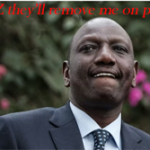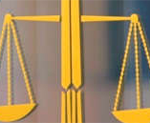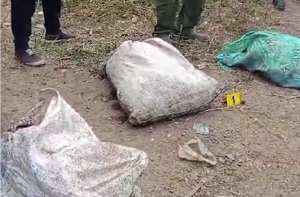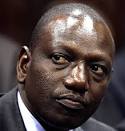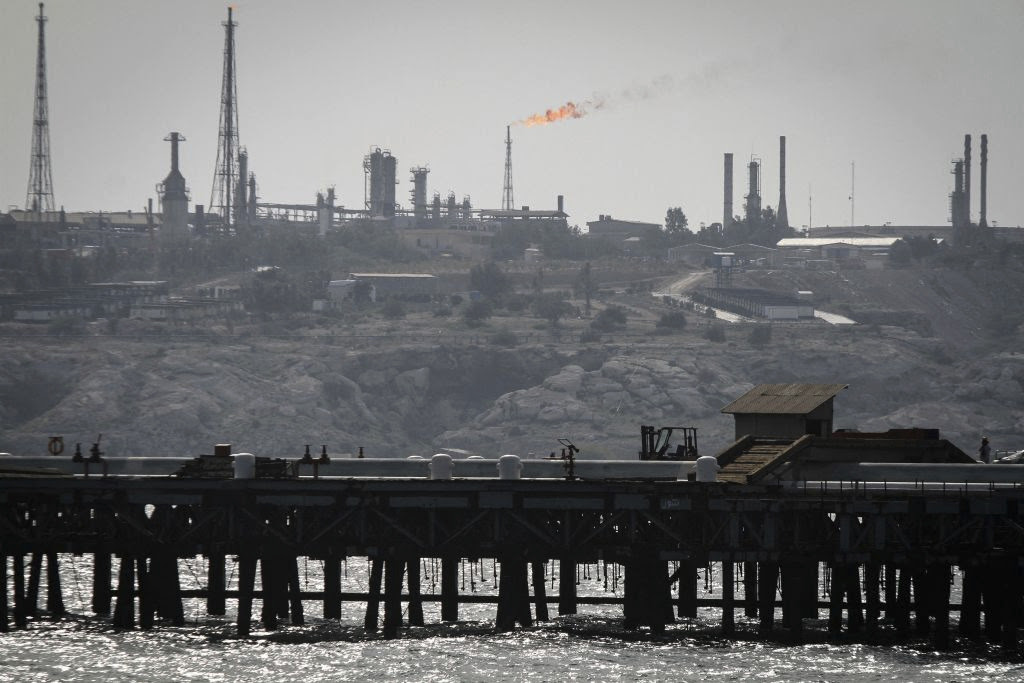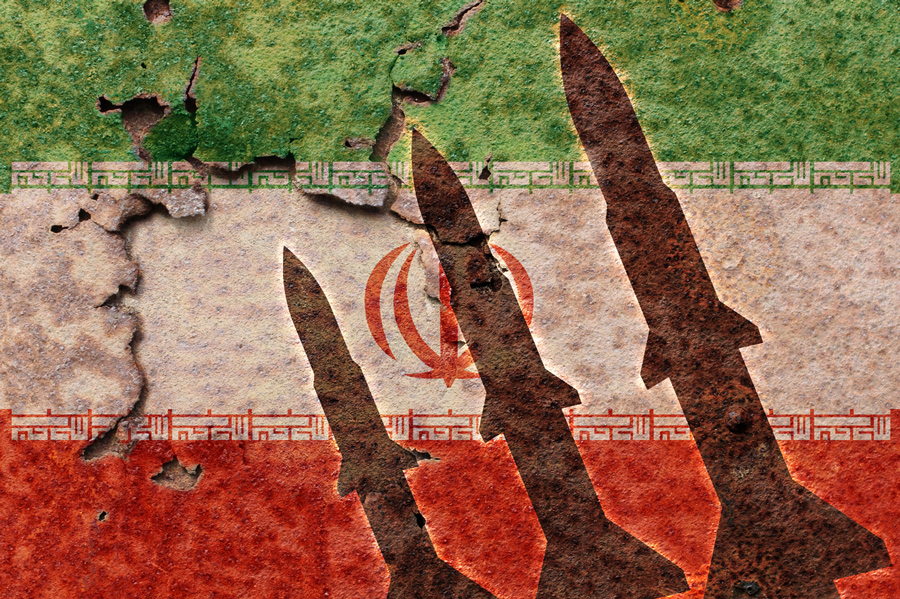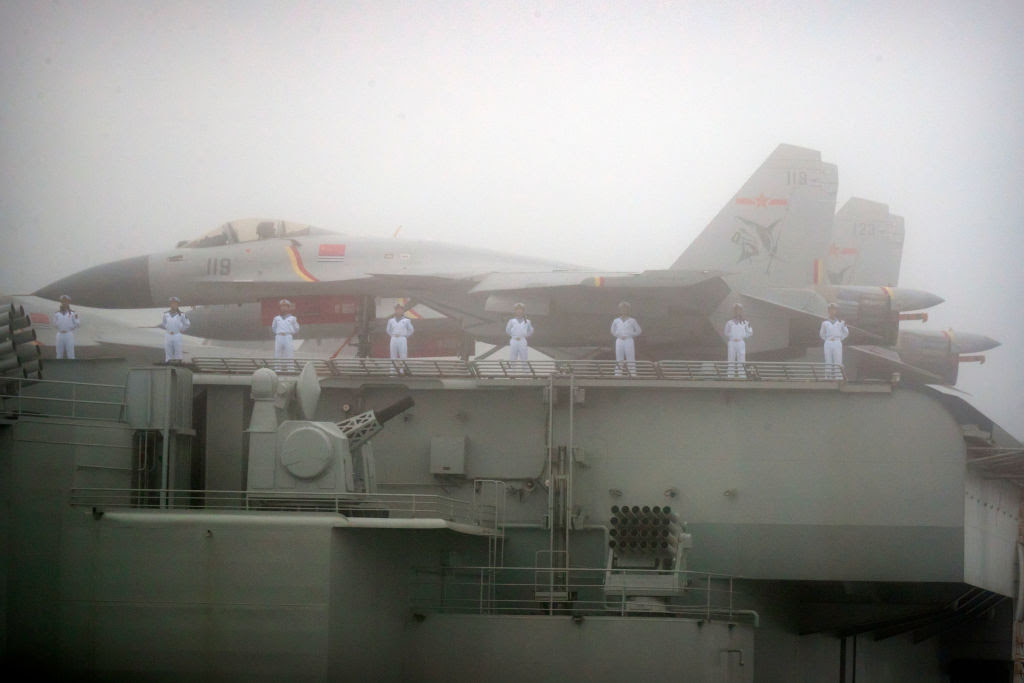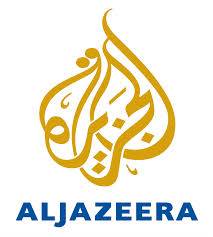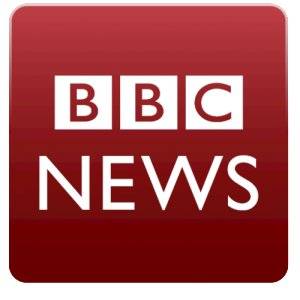Mahmoud Abbas’s activities in Rome began on January 14, with the formal opening of the Palestinian Embassy to the Vatican.
The “Palestinian president,” now in the twelfth year of his four-year term, then met with Pope Francis for the third time since the start of his papacy four years ago. The high-profile get-together took place in the middle of the Palestinian attempt to bypass peace talks with Israel and to internationalize the Israeli-Palestinian conflict.
A few weeks ago, the UN Security Council, in Res. 2334, condemned Israel for its “settlements”; failed to mention any wrongdoing, such countless Palestinian stabbings and car-rammings of Israeli civilians, and the Obama Administration, which had planned and orchestrated the UN ambush, refused, for the first time in forty years, to veto the anti-Israel resolution, thereby ensuring it would pass.
This week, on January 15, 2017, the “Palestinian question” dominated the French “peace conference” in Paris. By opening the Palestinian embassy during this critical time of intensified anti-Israel animosity, was the Pope justifying the Palestinian-Arab attempt to isolate the Jewish State and to impose on it unacceptable conditions of surrender through international pressure?
Unfortunately, Pope Francis’s papacy has been marked by a long list of anti-Israel gestures that did not advance the cause of peace that the Pope claims to champion.
When the Pope visited Israel in 2014, he was photographed praying at Israel’s security barrier, which had been created simply to stop the wave of Palestinian suicide bombing attacks against Israeli civilians. The Pope stood before graffiti that compared Palestinians with Jews under the Nazis. “Bethlehem looks like the Warsaw Ghetto”, the graffiti read. If it does, it only looks that way because, since the once Christian-majority city Bethlehem was transferred to total Palestinian Authority control in 1995, most of its beleaguered Christians have fled, due to Muslim persecution.
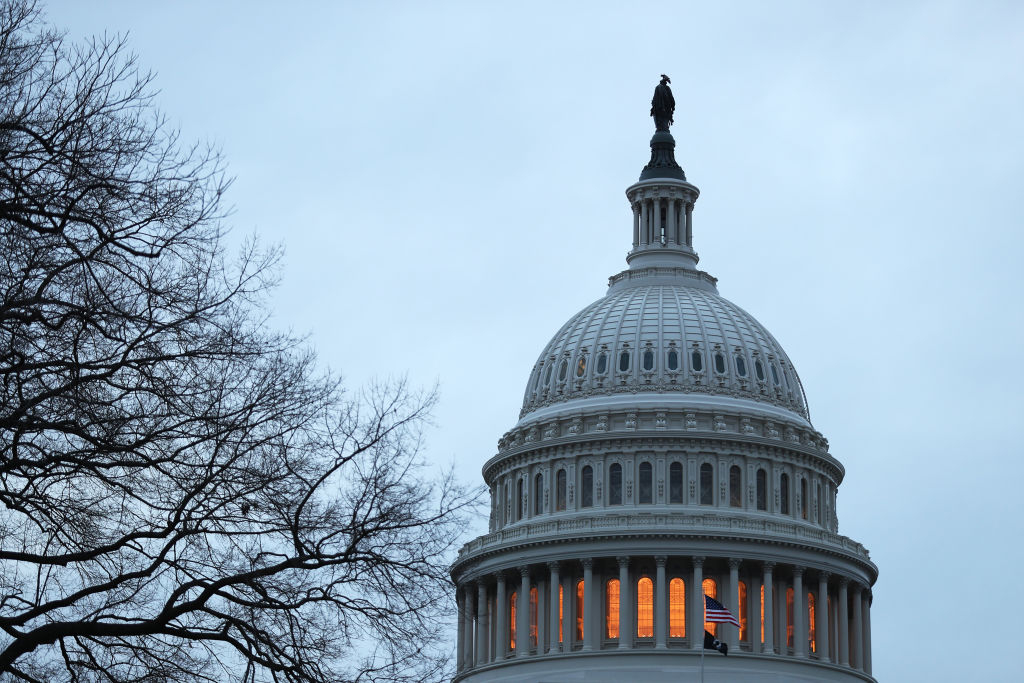
Pope Francis approaches the separation barrier near Bethlehem, May 25, 2014, on which was painted graffiti that comparing Palestinians with Jews under the Nazis: “Bethlehem looks like the Warsaw Ghetto.” If it does, it only looks that way because, since the once Christian-majority city Bethlehem was transferred to total Palestinian Authority control in 1995, most of its beleaguered Christians have fled due to Muslim persecution. (Image source: Al Jazeera video screenshot) |
Sadly, Francis’s homily, delivered in Bethlehem, did not contain the language of peace; just admonition of Israel: “Are we like Mary and Joseph, who welcomed Jesus and cared for him with the love of a father and mother? Or are we like Herod, who wanted to eliminate him?” Was Pope Francis, as Caroline Glick wrote, likening the Israelis to Herod, when historically is the Palestinians who, like Herod, have wanted to eliminate the Jews?
The Pope also met with Palestinian “refugees”, as if the 1948 war were the source of conflict between the two peoples, instead of centuries of Muslims having displaced Christians and other non-Muslims from Persia, the Christian Byzantine Empire, North Africa, Southern Spain, and most of Eastern Europe.
Pope Francis then accepted an invitation to visit — along with Muhammad Ahmad Hussein, the Grand Mufti of Jerusalem — the Temple Mount, Judaism’s most sacred site also the third holiest site in Islam, after Mecca and Medina. But this is the same Palestinian Mufti who justifies terrorism against the Israelis by saying, among other inflammatory declarations, that “the Hour of Resurrection will not come until you fight the Jews.”
A year before his visit in the region, Pope Francis, greeting the Catholic faithful at the General Audience in Rome, said:
“I ask you to pray for the peace in the Middle East: in Syria, in Iraq, in Egypt, in Lebanon and in the Holy Land, where the Prince of Peace is born”.
Was it so difficult for the head of the Catholic Church to say the word “Israel,” instead of the sanitized “Holy Land”?
Previously, when he visited the shrine of St. Francis in Assisi, the Pope said:
“Let us listen to the cry of all those who are weeping, who are suffering and who are dying because of violence, terrorism or war, in the Holy Land, so dear to Saint Francis, in Syria, throughout the Middle East and everywhere in the world.”
Again, the Pope refused to mention any Israeli Jews among the victims of terrorism.
In the days before the launch of a devastating “Third Intifada” against the Israeli civilians, the Pope called Mahmoud Abbas an “angel of peace“. Really? An angel of peace? According to Shmuely Boteach, “Abbas spent his life murdering Jews,” by financing the Munich terror attack in 1972, by inciting against Jews and by glorifying Palestinian terrorists. The Pope, in short is praising a corrupt supporter of terrorists, a torturer who has abolished any democratic process in the West Bank.
In May 2015, on “Naqba Day” (“Catastrophe Day”) — commemorating the day of Israel’s birth, when five Arab countries launched a war against Israel to wipe it out in its cradle, but lost the war — Pope Francis gave the Palestinians another symbolic victory by signing the treaty which formally recognized a “State of Palestine.”
During these four years, Pope Francis has continually put significant barriers in the way of peace between Israelis and Palestinians — a peace based on dialogue, mutual respect and the end of conflict. Instead, this supposed man of peace has strengthened Abbas’s refusal to negotiate with the Jews — the Christians’ “elder brothers,” as Pope John Paul II bravely called them — and to end hostilities with them. If this is his view of Caritas, what a tragic shame.
Giulio Meotti, Cultural Editor for Il Foglio, is an Italian journalist and author.








